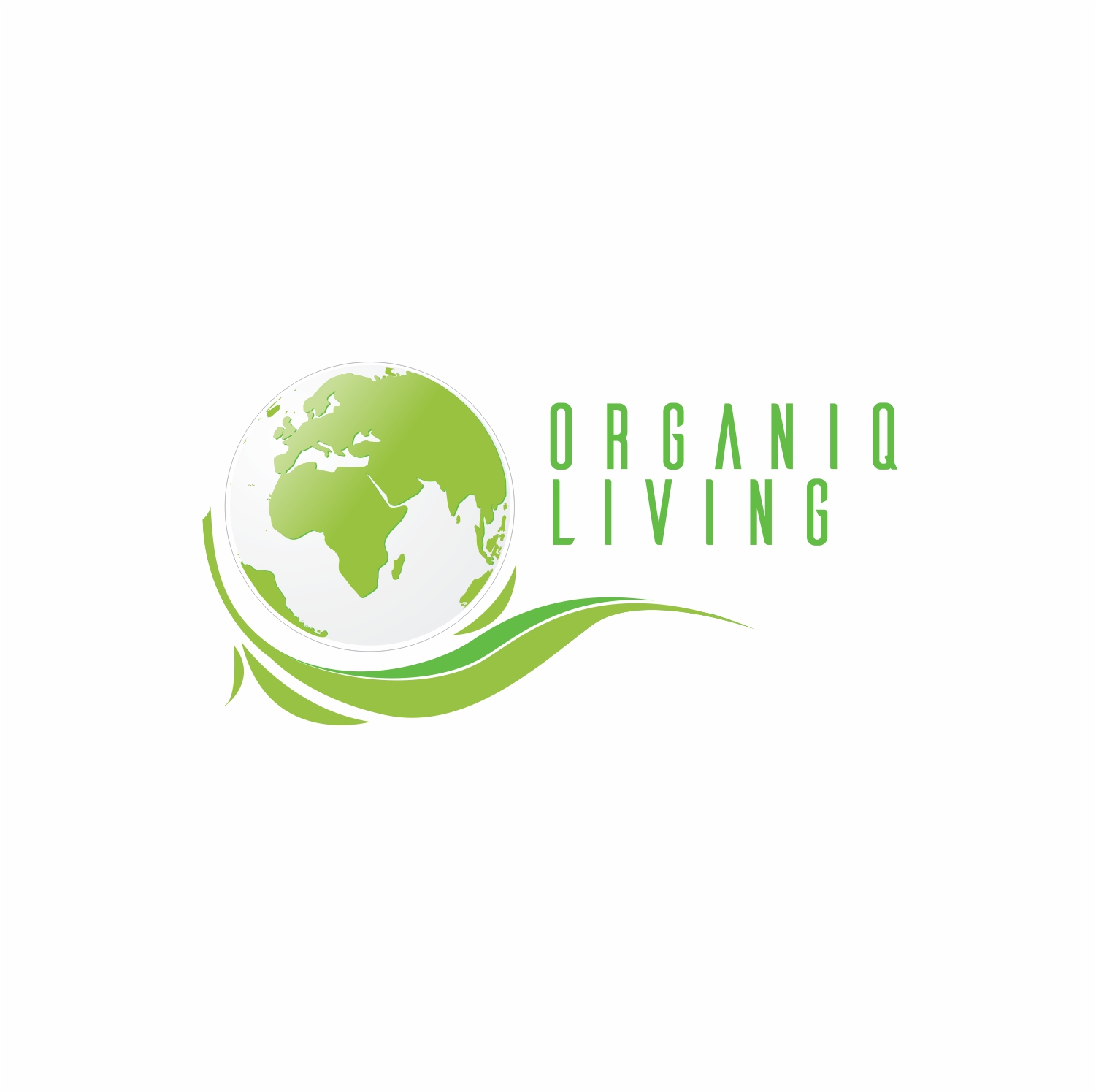Plastic: A Story of Innovation
- Pooja

- Aug 29, 2021
- 2 min read
A material we all use in our everyday life and a word which has gained Negative Publicity in the last few decades because of its single-use consumption all over the world. Plastic as a word originally meant “pliable and easily shaped.”
Plastic originated over 200 years ago in 1820's using natural materials like Shellac, Gutta Percha, Vulcanised Rubber and Parkesine. All these had intrinsic properties which helped in innovating a product like plastic.


Plastic can either be ‘synthetic’ or ‘bio-based’. Synthetic plastics are derived from crude oil, natural gas or coal. Whilst bio-based plastics come from renewable products such as carbohydrates, starch, vegetable fats/ oils, bacteria and other biological substances.
The First Synthetic Plastic
The first synthetic polymer was invented in 1869 by John Wesley Hyatt, who was inspired by a New York firm’s offer of $10,000 for anyone who could provide a substitute for ivory.
The vast majority of plastic in use today is synthetic because of the ease of manufacturing methods involved in the processing of crude oil. However, the growing demand for limited oil-reserves is driving a need for newer plastics from renewable resources such as waste biomass or animal-waste products from the industry.
Plastic is not all bad. We rely on Plastic in industries where the substitute perhaps is still not discovered or innovated.


The Healthcare/ Medical Industry relies heavily on synthetic plastic and it is for a bigger benefit of lives.
Plastics have been used widely to create medical tools and devices like surgical gloves, syringes, insulin pens, IV tubes, catheters, inflatable splits, etc.
Such products are created for one-time use and help prevent the spread of dangerous diseases by eliminating the need to sterilize and re-use a device.
The healthcare industry and its current need for single-use plastics highlights the complexity of the relationship between plastics consumption, the environment, and the health and safety of individuals. It indicates that there is a much bigger conversation to be had about how to effectively manage and balance environmental consequences of the industry.
While we cannot completely remove synthetic plastic from our lives, what we can do is look for alternatives in our everyday lives where dependability of plastic can be removed.
Let's view the lifeline of a Plastic Bag and how it impacts the environment.
Packaging contributes to more than 40% of Synthetic Plastic manufactured around the world. As consumers we have a responsibility towards the environment too. Single Use Plastic Bags, Straws, Water Bottles are just a few things we can remove from our everyday life by choosing the right alternatives.
Every change you make matters.
Our next topic will be covering the Sustainable Packaging Options.
Stay Tuned!
Some interesting content to read and watch if you would like to learn more about Plastic:
Video Courtesy: The BPF UK
















Comments